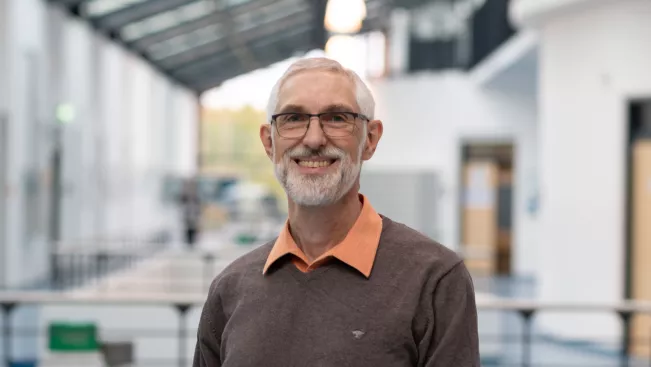Communications and Marketing
UMMBAS: Using computer game technology to develop active substances against diseases
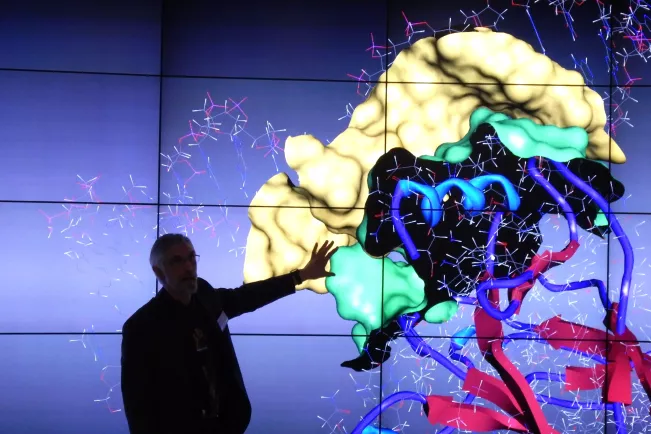
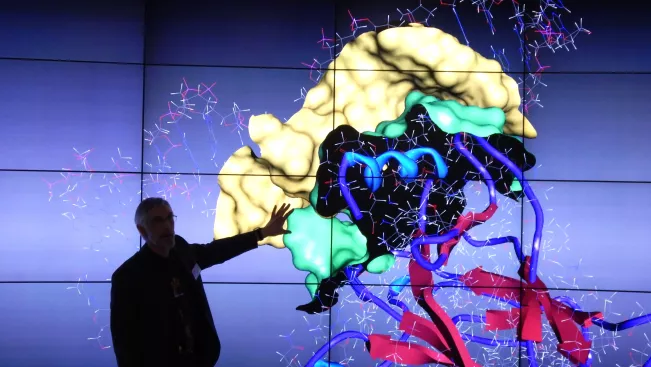
It is a revolution that computer-based modelling has sparked in the life sciences. Highly complex biochemical processes, for example in humans, animals or plants, can be visualised and analysed down to the atomic level. Today, molecular modelling is a recognised and extremely fruitful part of research. Computer-aided approaches also make it possible to predict processes - an invaluable aid in researching active substances or diseases such as cancer.
A research group has been formed at Hochschule Bonn-Rhein-Sieg that aims to use this technology to find answers to socially relevant research questions that are difficult or impossible to answer using laboratory methods alone.
The co-operation thus links three university research institutes: The Institute for Visual Computing (IVC), the Institute for Functional Gene Analytics (IFGA) and the Institute for Technology, Resource and Energy-efficient Engineering (TREE). The aim of the scientists is to open up new subject areas and develop new analytical tools by combining expertise from different specialist areas. The focus will be on material science and biochemical issues that can be efficiently investigated with the help of molecular modelling. The project is funded by the Ministry of Culture and Science of the State of North Rhine-Westphalia.
UMMBAS: Tracking down diseases with model-based modelling
The abbreviation UMMBAS, which the group has given to the research project, reflects this. It stands for "Utilisation of Molecular Modelling for Bio-Chemical Application Scenarios". The first topic that the research group has set itself is research into the myosin family. These proteins are found in muscle cells and are responsible for movement. Malfunctions are related to serious diseases such as heart disease or neurological disorders.
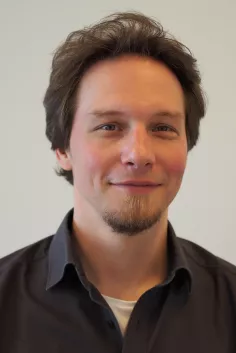
The three-dimensional visualisation of processes at the atomic level will play a key role in this. The IVC at H-BRS has expertise in visualising large amounts of data, processing sensor data and recognising the patterns and structures it contains. In addition to the IVC, it is the IFGA and the Institute for Technology, Resource and Energy-efficient Engineering that have jointly launched the UMMBAS project.
"The project is thus further advancing the digitalisation of science at H-BRS," says Matthias Preller, Professor of Structural Biology and Chemical Analytics and spokesperson for the UMMBAS project. "We will develop active substances and materials in a more customised and efficient collaborative way within the university and with external partners - without restrictions on location and across traditional disciplines."
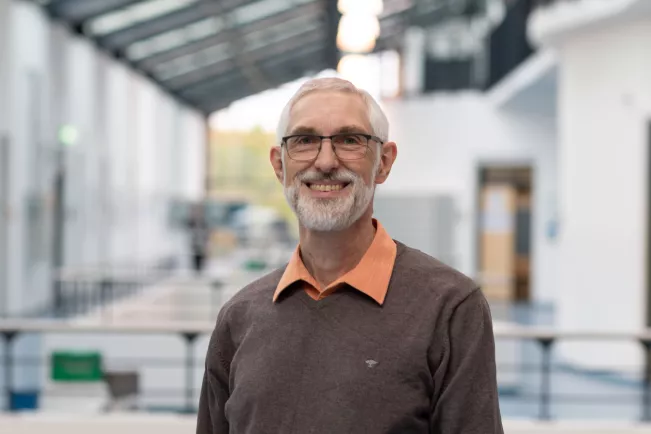
The scientists at H-BRS are pursuing a novel approach with the idea of creating highly detailed three-dimensional models from the data to be analysed and processing them simultaneously with other users who are at other locations. "Distributed immersive VR environment" is the name of the concept, which offers many advantages for location-independent collaboration, but has hardly been researched with regard to biochemical issues. The concept of the distributed virtual environment is familiar from the world of computer games, where concepts for co-operative interactions have already been developed and established. Hochschule Bonn-Rhein-Sieg has particular experience in the field of linking scientific visualisation with computer game technology, which Professor Wolfgang Heiden is contributing to the UMMBAS project.
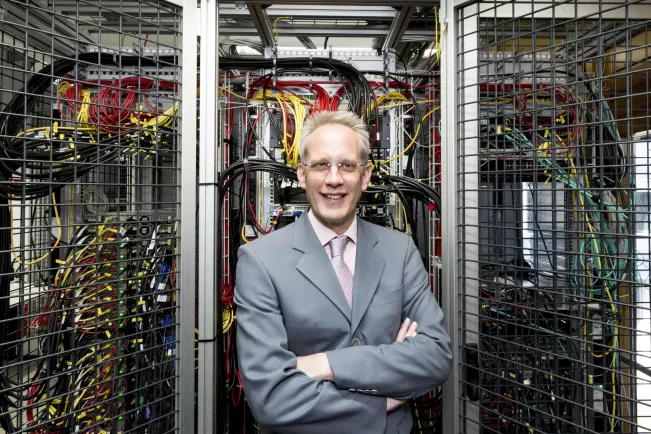
The software for the distributed virtual environments that is being developed as part of the UMMBAS project is to be made available to the general public in the longer term. In the short term, the project participants are hoping for an obvious benefit: Collaboration between the university campuses in Sankt Augustin and Rheinbach could benefit extensively.
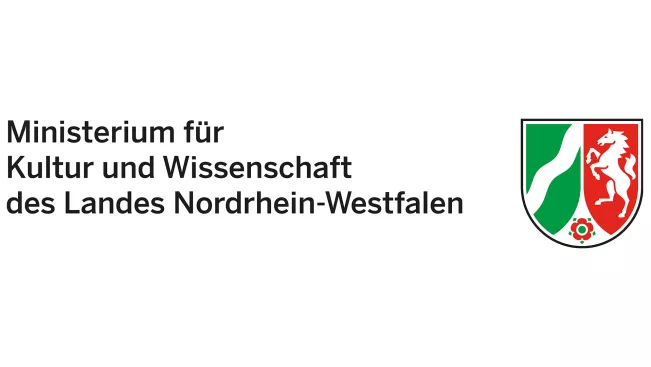
Press photos for download
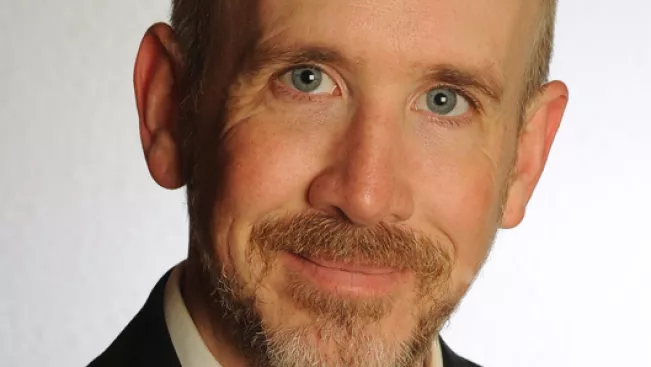
Contact

Location
Rheinbach
Room
E004
Address
von-Liebig-Straße 20
53359, Rheinbach
Telephone
+49 2241 865 9851
Wolfgang Heiden
Hypermedia- and Multimedia-Systems
Research fields
Location
Sankt Augustin
Room
C 261
Address
Grantham-Allee 20
53757, Sankt Augustin
Telephone
+49 2241 865 214
Dirk Reith
Computational Science and Engineering , Managing Director of the TREE Institute, Presidential commissioner for institutional research co-operations, Faculty Advisor BRS Motorsport
Research fields
Location
Sankt Augustin
Room
B 223
Address
Grantham-Allee 20
53757 Sankt Augustin
Telephone
+49 2241 865 9678
Location
Sankt Augustin
Room
E 240
Address
Grantham-Allee 20
53757, Sankt Augustin
Telephone
+49 2241 865 9560